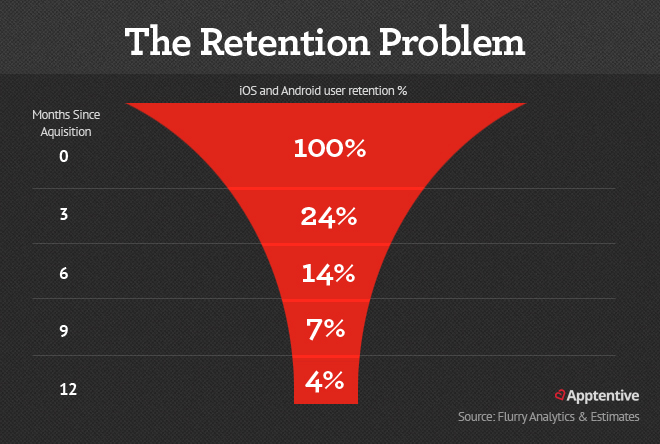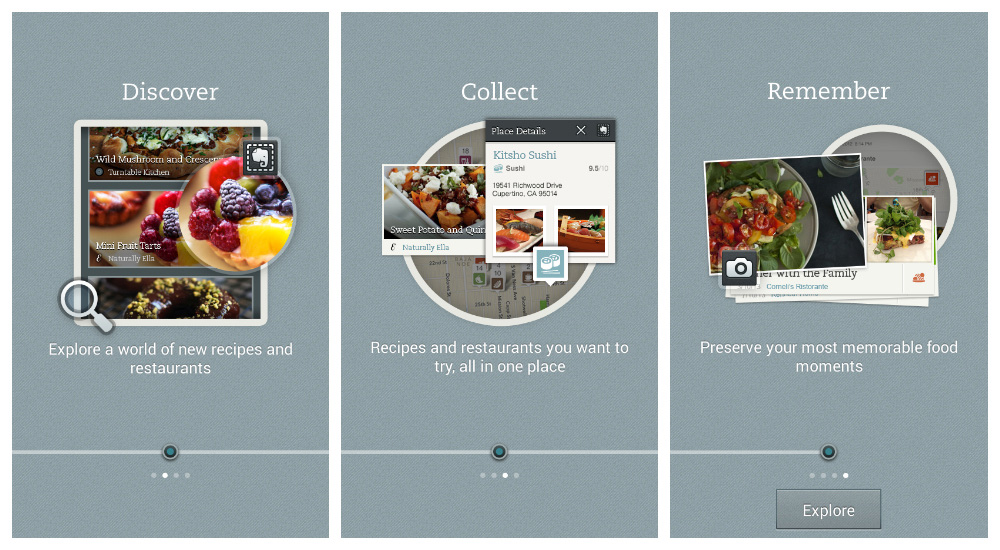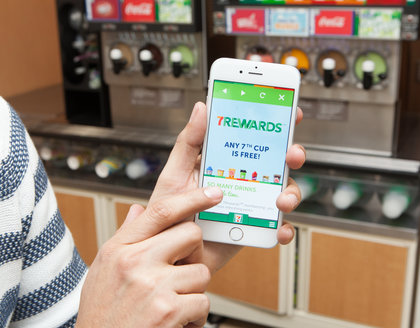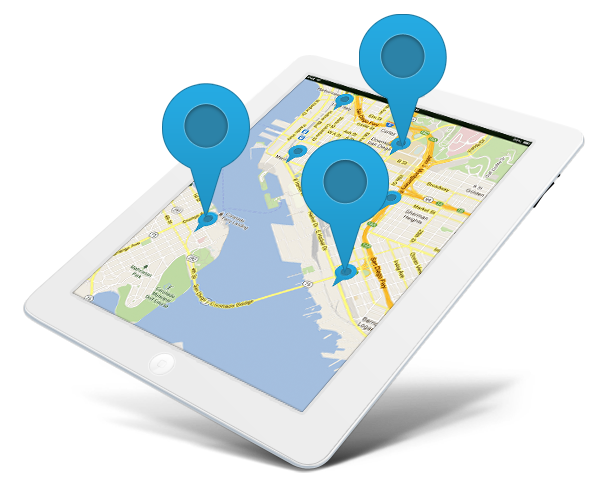6 Reasons Why Customers Are Leaving Your App (And What To Do About It)
Guest post by Ashley Tate: Ashley is Head of Content at Apptentive. A mobile marketing and content strategy enthusiast, she writes about mobile apps, loyalty, inbound marketing, and making the mobile world a better place for people. Follow Ashley on Twitter @ashtate.
Your app may see thousands of new installs every day, but how do installs translate to your retention rates?
How many of these will become active, engaged, and profitable customers of your app?
On average, only 25-40% of new customers will re-launch an app after the first week.
This number diminishes as time goes on, ultimately falling to 4% one year out.
Of these retained customers, only a small proportion will continue on to be active and engaged users of your app.
In other words, downloads and installs say little about the true health of your app.
According to our research, only 40% of customers continue to use an app they downloaded a month ago— and this number plummets to 4% over the course of the first year in the customer journey.
So why are customers leaving your app, and how can you lower their churn rates?
In general, there are six main reasons why customers leave an app. Let’s dig into each reason below, along with some tips on how to boost retention through improving each point.
Top Reasons Why Users Are Leaving Your App
-
Stale content
70% of apps are abandoned after the first week, and it often comes down to stale content.
If you want customers to come back to your app day after day, provide them something new and original each time they open the app.
These rich content updates can be in the form of a flash sale, a daily comic, a stream of user-generated photos, a loyalty or achievement program, or something as simple as resetting activity limits.
Whatever shape your reason to come back takes, as customers come to expect fresh content, they’ll get into a routine of regularly launching your app to see what’s new and exciting.
People can only look at the same content for so long before they get bored and stop using the app with regularity, look for a similar app to fill its place, or leave the app for good.
How to remedy
To understand what content will provide the most value, and the best reason to return, step in to your customers’ shoes using your newfound insights.
What would make you, as a customer, want to revisit the app time and time again?
Is it a reward, a thank you, a new piece of content, a new level, etc.?
Put your customers at the center of this process for best results.
Recommended reading: How To Make Your App Data Drive Real Insights (The Uber Way)
-
Confusing onboarding process
Source: Smashing Magazine
We’ve all been there: You download a new app, wait excitedly for the content to load, open the app for the first time, and are slammed with a nightmarish onboarding process.
There are too many fields to fill out, the app’s usability is confusing, and you aren’t sure why you’ve been prompted to take certain actions before you even get one piece of enjoyment out of the app.
If this process was frustrating for you, imagine how your customers feel if your own app’s onboarding process is less than enjoyable.
When customers are bombarded right out of the gate, it’s no surprise they leave immediately and never return.
How to remedy:
Onboarding should be an ongoing experience you’re continuously revisiting in order to give your customers the most delightful experience possible, but there are a few places to start for immediate results.
Begin by paring down the amount of information you ask customers for right away to what is absolutely necessary; if you ask for something, you should have already given something.
Additionally, try to keep your onboarding experience in one main view rather than pushing customers to new experiences as they work through the process.
The shorter your onboarding, the less painful it will be, and the higher customer retention you’ll see upfront.
-
Limited feedback options
The average company never hears from 96% of its customers.
For every one vocal customer complaint, studies indicate that there are 26 equally unhappy but silent customers—the vast majority of whom will simply leave your app without ever indicating why.
Before you can hope to boost retention, you need to understand why your customers leave in the first place.
This takes both empowering your customers with an easy way to leave feedback in your app, and actively listening to their feedback and other social signals.
If you don’t give customers a way to leave feedback, you’ll never know how they truly feel about your app, and your retention will suffer because of it.
How to remedy:
Give customers ways to reach out to your business that doesn’t include pointing them directly toward the app stores.
Whether they’re running into a problem or want to show their love, being unable to give quick and easy feedback is endlessly frustrating for customers, regardless of lifecycle stage.
Examples of alternate feedback channels include:
- Customer surveys
- in-app prompts
- in-app messages that trigger when certain in-app events are hit, and asking the right customers for feedback at the right time.
- Social media
- Your app website or landing page
-
No loyalty program or rewards system
It’s imperative to remember that at the other end of the screen, there is a person who has a limited amount of time, resources, and interest to spread across myriad daily tasks, including who they engage with and how they engage on their mobile device.
If you aren’t rewarding customers for spending precious amounts of time and interest on your app, rest assured one of your competitors will.
Recommended reading: The Ultimate Guide To Performing Competitive Analysis On Apps
Rewards and loyalty programs are a quick way to say “thank you” to your most active and engaged customers, and don’t have to cost an arm and a leg to implement.
Don’t let the “sunk cost” concept of rewards fool you into removing them from your strategy.
Many times, what you spend on rewards and encouraging loyalty pays dividends later on!
How to remedy:
Start by asking yourselves a few big questions:
- How are you currently rewarding your customers?
- What actions are most valuable and are indicators of loyalty?
- What do customers find most valuable in your app?
- If you were engaging with your app, what would incentivize you to come back?
Once you’ve put yourself in your customers’ shoes, it’s much easier to select rewards that will entice them to come back and engage.
Recommended reading: How To Create User Personas For Your App
-
Incorrect target audience
Your customer base is full of diverse groups of people, whether by demographics, interests, locations, etc.
What works to engage one group probably won’t work for others, and it’s your job to understand what drives each audience segment to interact with your app.
There are countless ways to market your app, but if you’re promoting your app to the incorrect target audience, no wonder they leave frustrated!
It’s time to take a step back and re-evaluate how new customers are finding and installing your app in order to figure out whether or not your current marketing activities are targeting the right groups.
How to remedy:
If you haven’t created personas for your app’s customers, now’s the time.
Start by looking at your customer lifecycle stages and think about what similar traits make up the people in each category.
From there, begin mapping customer journeys for each group to better understand how they will engage with your app from first open to—hopefully—loyal customer.
Once you’ve walked a mile in your customers’ shoes, you’ll better be able to pinpoint which marketing channels work best for each persona, and can change your existing marketing methods to match.
Recommended Reading: How To Make Your App Data Drive Real Insights (The Uber Way)
-
Poorly targeted notifications
The concept of “right place, right time, right person” is the backbone of a notification’s success.
For example: If a customer completes an event that clearly shows frustration or pain, it’s probably not the best time to ask them to rate the app.
Rather, it’s a good time to prompt them to send you a message so you can help solve their problem.
Collecting customer feedback and sentiment is all about timing, and if the timing for your notification is poor, the response will be even worse: The customers won’t come back.
How to remedy: Set up your notification triggers to be intelligent rather than randomly placed.
In order to make data-driven decisions, look at how customers are currently engaging with your app, and pinpoint the locations most of them leave.
Once you’ve understood where the exits are taking place, you can better understand how to smooth the process and alleviate pain through either moving the notification to a new place, or by updating the content in the notification to be more helpful.
Recommended reading: 6 Proven Ways To Make Your Push Notifications Irresistible To Open
Wrapping Up
There you have it!
There are six main reasons customers leave apps, but there are endless ways to improve process to boost retention and decrease customer churn.
Hopefully the above tips will give you a place to start to improve your retention rates.
Do you have any additional tips to help reduce churn? I’d love to hear your thoughts in the comments below!
Follow Ashley on Twitter @ashtate.
Where to go next
- 10 Addictive Re-Engagement Strategies To Bring Back Lapsed Users
- How To Use Remarketing To Keep Your Users Engaged
- Why More Features Aren’t The Answer To Slow App Growth
Ashley Tate
Latest posts by Ashley Tate (see all)
- 6 Reasons Why Customers Are Leaving Your App (And What To Do About It) - October 12, 2015










